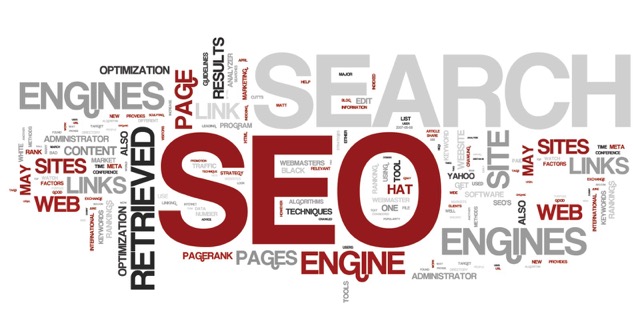PPC, SEO, ORM, SMM? What are they and what do they do? I’ve often been on the other side of the table as a client being handed hefty reports filled with stats and concepts that just don’t make sense. The graphs show me positive and my sales are negative or vice-versa. I’ve also been lead to believe advertising efforts aren’t effective without these fancy acronym strategies in my toolbox.
If you’re like me, relax. It’s okay. Traditional advertising still works but having an EFFECTIVE digital presence is a must in today’s environment. Start slowly and do it right – understand what you are doing and what you are paying for before you sign up for it all.
The TRANSLATION:
PPC = Pay Per Click
SEO = Search Engine Optimization
ORM = Online Reputation Management
SEO
I’ll start with SEO as it is a key foundation to building a relevant website. After all, without a good website, PPC, ORM and SMM efforts may be fruitless.
Search engine optimization (SEO) is one of the areas of website development that improves the ranking by search engines like Google, Bing and Yahoo in organic search results. Search Engine Optimization (SEO) relates to visible content on your website which will appear in search engine results.
If a site appears at a higher and more frequent rate in the search results list, the higher number of visitors your website should attract. These visitors likewise may be turned into customers.
SEO covers different types of search that include local information, imagery, shopping, video content, news and more.
SEO strategy is understanding how search engines work and developing the exact keywords or terms your target group is searching for, what platform they are using and how to develop content to meet consumer demand.
Optimizing a website includes activities such as editing the content of the website to increase the relevance of searches, backlinks to relevant sites, inbound links on social, removal of indexing barriers, etc.
Basic Ways to Optimize Your Web Contents
Widely recognized as SEO, or Search Engine Optimization, the principles of optimizing web content is continually changing as mobile behavior, social media and search engine algorithms continue to evolve. Here are some tips to optimize your web content to engage, inform, and share information and content with your target audience.
Learn About “Real Time” User Behavior
Before even writing your website content, know your target group. Learn about what their interests are, what platforms they are using to search, what information they are searching for. Monitor Reddit, Facebook, Linked-in, and other social sites to come up with compelling articles and web content to drive social shares and gain influential coverage.
Improve the Format
Improving the format of your web content is also a good optimization tactic. Make use of formatting such as bold, bullet points, italics, short headlines and subheadings, and so on. This will make it possible for your audience to be able to read the page easily and find what they are looking for but at the same time, help enhance SEO.
Headlines should be clear, brief and approximately 70 characters long. Encourage your target audience to click the headline, read the content, engage and share the news.
Even though this may only be one of the factors which determine the visibility of your web content, headlines and subheadings are often the deciding factor if a reader is going to click through to your story or not. Make use of the headline and sub-headings to strengthen the relevance and theme of your story. This will improve the interest of your viewers, as well as the open rates. Make sure the content supports the headline to prevent bounces.
DO NOT include text in pictures formats. If you have a promotion or something that is important, formats such as .jpg or .pdfs are often not recognized by the search engines and won’t be discovered in search (ie…Text embedded in MEMES).
Use Natural Links
Natural links are links to your content from other sites. They are often earned and not solicited. The links are often regarded as natural or native since the third-party sites are only linking to your articles and web content because they find it interesting and useful. Using natural links of your own content within your web content will also help enhance your site while at the same time provide the reader with additional relevant information. This will drive more traffic to your website.
Include Multimedia
Including multimedia such as pictures, videos, etc. is also a good way of optimizing your web content. You can insert your company logo for branding, as well as embed photos. You can also include graphics, charts, and video links. Rather than describing the news you are passing across in words, showing what you are writing about in graphs, pictures, sound & motion, is a wonderful idea.
Make Use of the Algorithms
Search engine algorithms are vital to effective digital web content. Algorithms make use of mathematical equations in determining the relevance of your story to a particular search. The goal of the algorithm is to be able to match the right content with the specific requirement of the individual performing the search. This may be best left to an SEO expert as I’m still trying to get a grasp on google-bots (this is even out of my league).
By following all the tips mentioned above, you will be improving the chances of your articles and web contents ranking higher in Google or other search engines.
The above tips lay the foundation of what SEO is and how to start optimizing your own website or content. For more information about SEO, feel free to contact me directly through Linkedin at : https://www.linkedin.com/in/edan-joy-gelt/
By: Edan Joy Gelt, CMD, MBA
www.Edangelt.com

